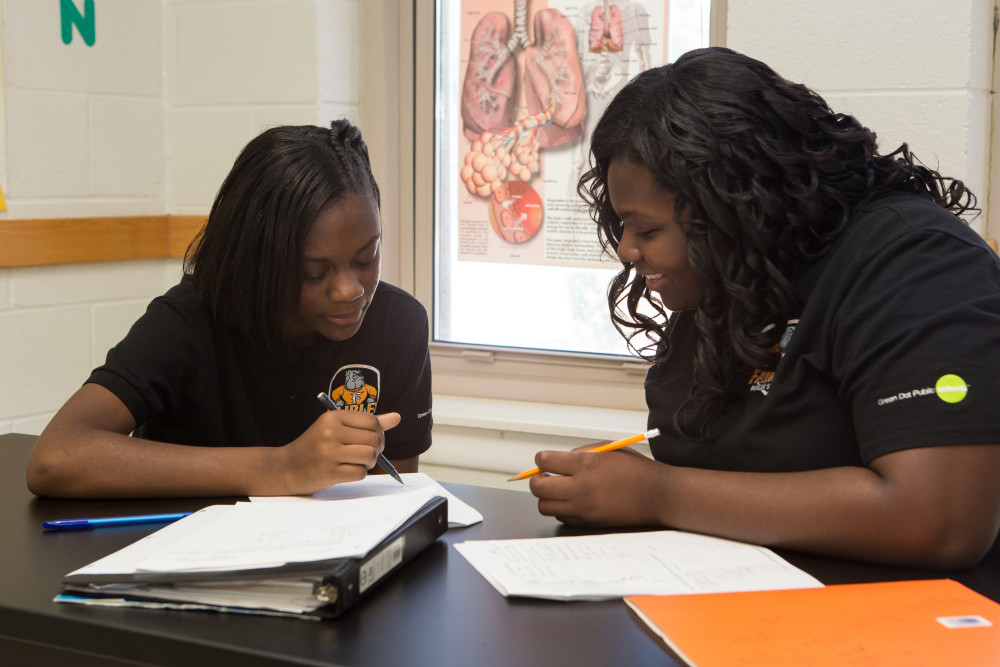The Science Behind a School Restart

The debate over public education is often cast in terms of how to “fix” chronic performance issues at certain schools. Major philanthropists join with reform-minded political forces to “remake” the public education system. School districts and educators frequently feel maligned amid the debate. Meanwhile, many families are on a mission to ensure that their children have meaningful pathways to opportunity, often paved by the education they receive.
Jon Rybka, at the Michael and Susan Dell Foundation, recently wrote about quality school options, his analysis focuses on the potential for success at “restarts” or “turnarounds” schools where operators take on leading an existing school. Green Dot Public Schools is distinguishing itself as a specialist in this particular form of intervention with our partner school districts. Mr. Rybka writes:
To begin to answer the question of the effectiveness of restarts, we developed a landscape analysis of the space where we took a deeper look at restart operators and their results. The baseline we used for this analysis was the school’s performance before the restart operator assumed responsibility. And, as I mentioned in my last blog, the sample size was small: approximately 115 schools identified as having undergone a full restart, managed by a restart operator and with testing data as of 2013. Some compelling results were:
- In five years, the average of all restart operators showed that both ELA (also referred to as “Reading”) and Math scores increased.
- And proficiency rates more than doubled in both subjects.
These results echo what we have seen at schools like Locke High in Los Angeles, or at Fairley High School in Memphis. Both of these schools are in historically underserved neighborhoods, where marginalized communities have had to contend with chronic performance issues and typically high drop-out rates, violence, and basic proficiency challenges. As Mr. Rybka notes, assuming leadership and accountability for such a school is not the most popular activity for school operators, but many areas are seeing an increasing need for this work.
Green Dot Public Schools is seeking to disrupt the cycle of poverty in these neighborhoods with a goal of graduating students at a higher rate than their peers in more affluent areas. The idea is that the more normative post-secondary opportunities and readiness are, the more gateways out of poverty can grow. We already know that one’s chances of escaping poverty tumble without a quality post-secondary education.
So, what are the ingredients for a successful turnaround? Over the summer, Nora Kern wrote about Green Dot’s experiences as a leading “turnaround” operator. The upshot is that it is the toughest gig in public education today, and we invite devotees to addressing persistent obstacles to successful outcomes in public education to join us on the journey. The Dell study shows that when a non-profit public school operator like Green Dot takes on leadership of a school site, outcomes for students tend to improve. This shouldn’t serve as a canard for the tired debate between the types of intervention, but rather beg the question into exactly what conditions are required for success. As Mr. Rybka puts it:
But the debate shouldn’t focus on whether or not ALL restarts work. Rather, the focus should be on two questions: 1) do we understand what makes a restart operator successful, and 2) what are the conditions necessary to increase the number of high quality restart operators?
We couldn’t agree more.

